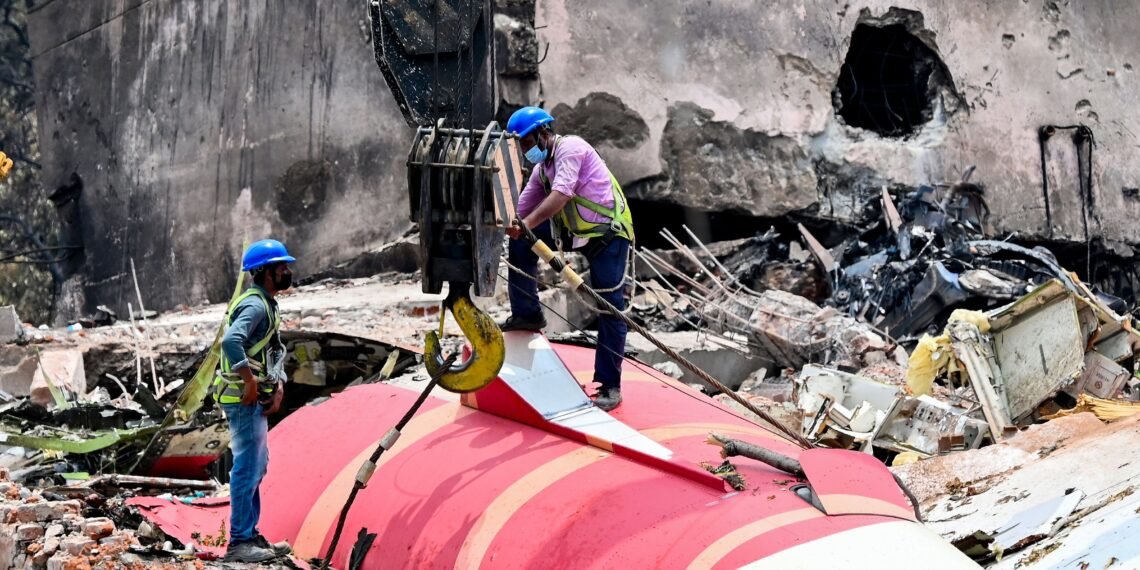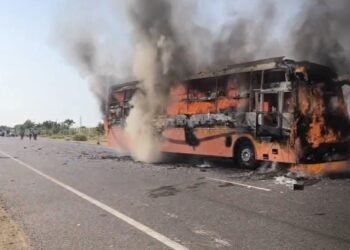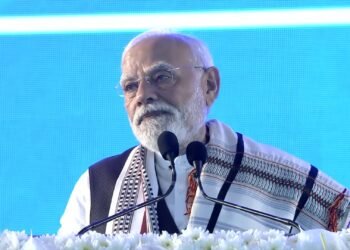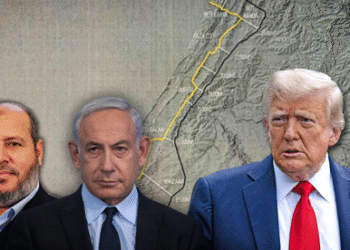The preliminary AAIB report shows signs of engine restart attempts and cockpit confusion—not a deliberate crash. Critics question whether Boeing is being shielded while the deceased crew is blamed.
New Delhi | July 13, 2025
As the investigation into the Air India AI-171 crash unfolds, growing speculation that one of the pilots may have deliberately shut off fuel to both engines has sparked backlash from within India’s aviation community. Experts, former colleagues, and fellow pilots have begun to publicly challenge the emerging suicide narrative, calling it premature, unfounded, and damaging to the memory of a respected flight crew.
Both Captain Sumeet Sabharwal and First Officer Clive Kundar were seasoned aviators with unblemished professional records. They were widely regarded as calm, methodical, and deeply experienced pilots. Colleagues and senior airline officials confirm that neither had a known history of mental illness, disciplinary action, or erratic behavior—traits often cited in past pilot suicide incidents.
READ: Was AI-171 Crash a Suicide? Experts Raise Alarming Questions
“Captain Sabharwal was among the most respected and steady hands in our long-haul fleet,” said a retired Air India trainer. “These rumors are reckless and disgraceful.”
🔍 Data Suggests an Emergency, Not Sabotage
Critically, both the cockpit voice recorder (CVR) and flight data recorder (FDR) suggest a crew caught off-guard—not one orchestrating a tragedy.
Former Navy Chief and respected aviation analyst Admiral Arun Prakash weighed in on X (formerly Twitter), stating:
“Prelim report of AAIB into AI-171 crash most intriguing. Flight data recorder notes fuel shut off valves recycled (OFF-ON) one after the other & engines winding down. Voice recorder has one pilot asking other if he shut the fuel valves, but latter denies it! Deeper probe needed.”
— @arunp2810 | July 12, 2025
From day 1 of the #AI171 tragedy, I have maintained that it was a catastrophic dual engine failure, either through ingestion of birds or some electrical/ electronic/ hydraulic failure, that caused loss of lift & thrust.
I have appeared on multiple channels & said that with…
— Sanjay Lazar (@sjlazars) June 15, 2025
This exchange indicates surprise and confusion, not intention.
Moreover, the Ram Air Turbine (RAT)—a device used to restore critical systems in the event of total engine failure—was deployed mid-flight, further undercutting the theory of deliberate sabotage.
“If the crew wanted to crash, why attempt an engine restart? Why deploy RAT? These were trained professionals responding to a critical systems failure—not plotting one,” said a former DGCA accident investigator.
💬 Veteran Aviation Expert Speaks Out Against Blame Culture
One of the most forceful defenses came from a veteran airline captain and aviation commentator S Lazar who posted the following on X:
“From day 1 of the #AI171 tragedy, I have maintained that it was a catastrophic dual engine failure, either through ingestion of birds or some electrical/electronic/hydraulic failure that caused loss of lift & thrust.”
“I have said this on @VishnuNDTV, @BDUTT @themojostory, @IndiaToday, @CNNnews18, @BBC and others. ACARS data reportedly indicated engine disruption, but that’s raw unfiltered data—it needs to be refined.”
“Yesterday, I appeared on News X with Capt Steve, who has been pressing his ‘Boeing theory’ of pilot error. I disagreed. To strike down a pilot without evidence is unheard of—especially in our flying fraternity. Capt Sumeet is not alive to defend himself. I’ve flown with him since his A310 days 25 years ago. He was a fine pilot.”
India’s Airline Pilots’ Association (ALPA-I) has fiercely criticized the preliminary investigation into the deadly Air India AI171 crash, accusing the Aircraft Accident Investigation Bureau (AAIB) of prematurely assigning blame to the pilots and leaking sensitive, unsigned reports to the media.
ALPA-I President Captain Sam Thomas expressed outrage today over an unsigned preliminary report appearing in international media, specifically referencing a July 10 article in The Wall Street Journal that cited the AAIB’s findings. “How did sensitive information from an ongoing investigation appear in international media without any responsible official signature or attribution?” Captain Thomas questioned in an official statement.
The pilots’ union slammed the “secrecy” surrounding the probe and the continued exclusion of experienced pilots from the investigative team, accusing the AAIB of promoting a “presumption of pilot guilt” before the investigation is complete.
ALPA-I further highlighted a critical service bulletin mentioned in the report, concerning potential issues with the fuel control switch gates. The union questioned whether Air India had implemented the recommendations from a 2018 FAA advisory warning of potential disengagement of the fuel switch lock. Air India reportedly did not act on this advisory, citing its non-mandatory status.
The emotional and professional defense adds moral weight to the growing pushback against pinning the tragedy on the cockpit crew.
⚠️ Boeing in the Shadows?
As skepticism mounts over the pilot suicide theory, some are now asking whether the narrative is being used to shield the manufacturer, Boeing, from regulatory and legal scrutiny.
“This sounds eerily familiar,” said an airline safety officer. “We’ve seen this with the 737 MAX—early blame shifted to pilots until it couldn’t be ignored that Boeing’s systems failed. Could this be another instance?”
While the AAIB’s preliminary report confirmed that fuel switches were manually toggled, it did not confirm motive or intent. Some aviation engineers point to possible electrical faults or actuator errors within the Thrust Control Malfunction Accommodation (TCMA) system unique to the 787 Dreamliner.
🧭 The Danger of Rushing to Judgement
The Airline Pilots’ Association of India (ALPA) has called for a pause on speculative commentary, arguing that any conclusions must wait for a thorough and transparent investigation.
“This is not just about technical evidence. It’s about dignity, integrity, and due process,” said an ALPA representative. “Let the facts speak before reputations are buried.”
With data from the ACARS, FDR, and CVR still under analysis, and the final AAIB report not expected for another year, jumping to conclusions about pilot intent remains irresponsible and damaging—not just to the families left behind, but to aviation safety itself.
The legacy of AI-171 must not be written by speculation. Until evidence proves otherwise, Captain Sabharwal and First Officer Kundar deserve the benefit of truth—not blame.













